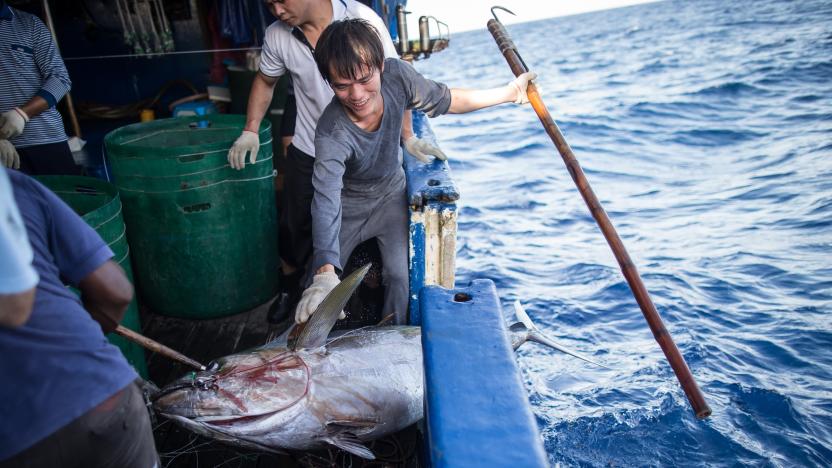datascience
Latest

Investigators are using AI to find who betrayed Anne Frank
In August of 1944, Anne Frank and her family were captured by the Gestapo after spending a gruelling two years hidden in a secret annex within their apartment. The prolific diarist's work would posthumously bring her fame and recognition the world over. But, to this day, no one has been able to identify who was behind the betrayal that led to her death in a concentration camp. Fast forward 73 years, and a former FBI agent is betting artificial intelligence can help crack the mystery. Retired sleuth Vincent Pankoke, and his team of investigators (comprised of forensic scientists and members of the Dutch police force), are partnering with Amsterdam-based data company Xomnia on the ultimate cold case.

How humans and machines can work together to save the tuna
From sashimi to tartare, tuna is in demand year-round. More than half of the world's high-grade fish supply comes from the central and western Pacific Ocean, a region that accounts for a $7 billion market. The popularity of tuna sustains small fishing communities in distant places like Palau. But it also threatens an aquatic population that has been dwindling at an alarming rate. Over the past few years, unregulated fishing practices in tuna-rich Pacific regions have threatened to wipe out rich species like the bluefin and bigeye. The ecological disturbance has raised a red flag among conservationists who are now looking to artificial intelligence for a solution to keep Palauan fisheries in check.

